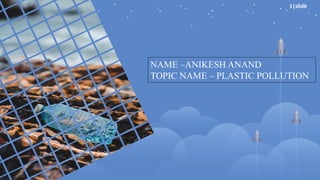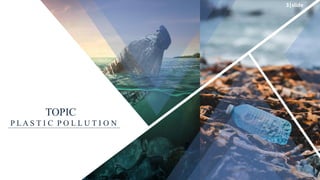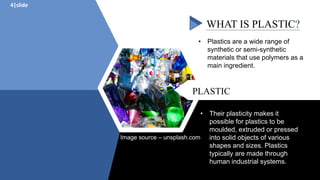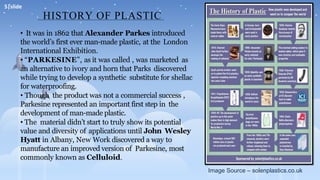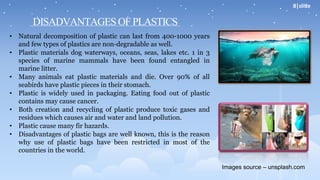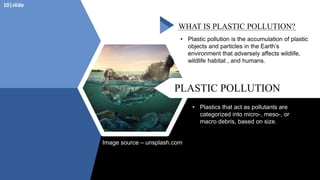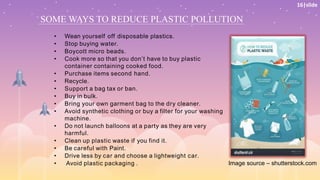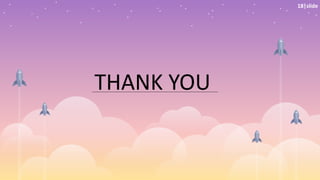The document discusses plastic pollution, covering its history, types, uses, and environmental impact. It highlights causes and effects, including harm to wildlife and human health, and presents case studies and facts related to plastic waste. Additionally, it offers solutions to reduce plastic pollution and emphasizes the importance of awareness and action against this pervasive issue.
